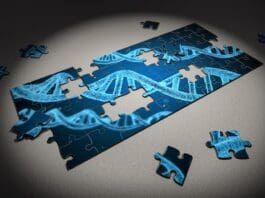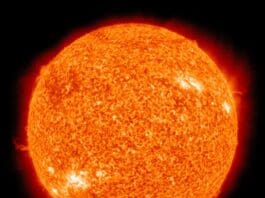
This post is also available in:
 עברית (Hebrew)
עברית (Hebrew)
The use of satellites has long been the preferred choice for gathering geospatial data for agriculture, forestry, infrastructure, and construction projects. But despite the many benefits that satellites provide, optical imagery is still dependent on weather. If an area under observation is obscured by clouds when the satellite visits the location, you may not get the desired data.
Aerial imagery at resolutions up to 50 times higher than currently available from commercial satellites will now be available on-demand for geospatial data users.
Drone startup Beagle Systems says its Beagle M drone is capable of delivering image data at a resolution of 1cm per pixel at revisit times many times faster than satellites are capable of, regardless of cloud coverage.
Using a network of drones, the technology is designed to provide image data with a lead time of only 48 hours. Built for long-range missions, the Beagle M drone can scan and record 200 hectares per flight on a single 90-minute charge from its charger hangar network.
Possible applications include the monitoring of critical assets such as electricity distribution infrastructure over expansive areas which require up-to-date data, often at a moment’s notice, precision farming, and inspection of other linear infrastructure assets such as rail networks, water, and oil and gas pipelines, according to dronedj.com.



